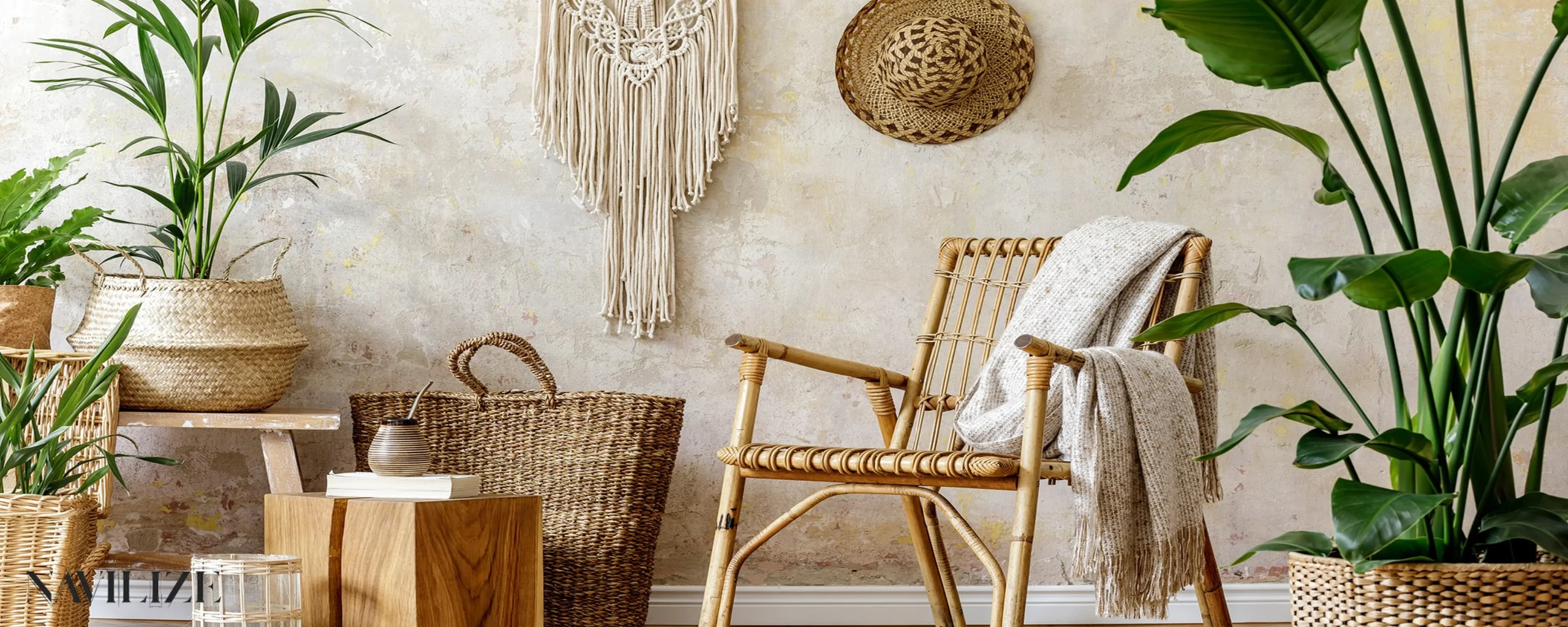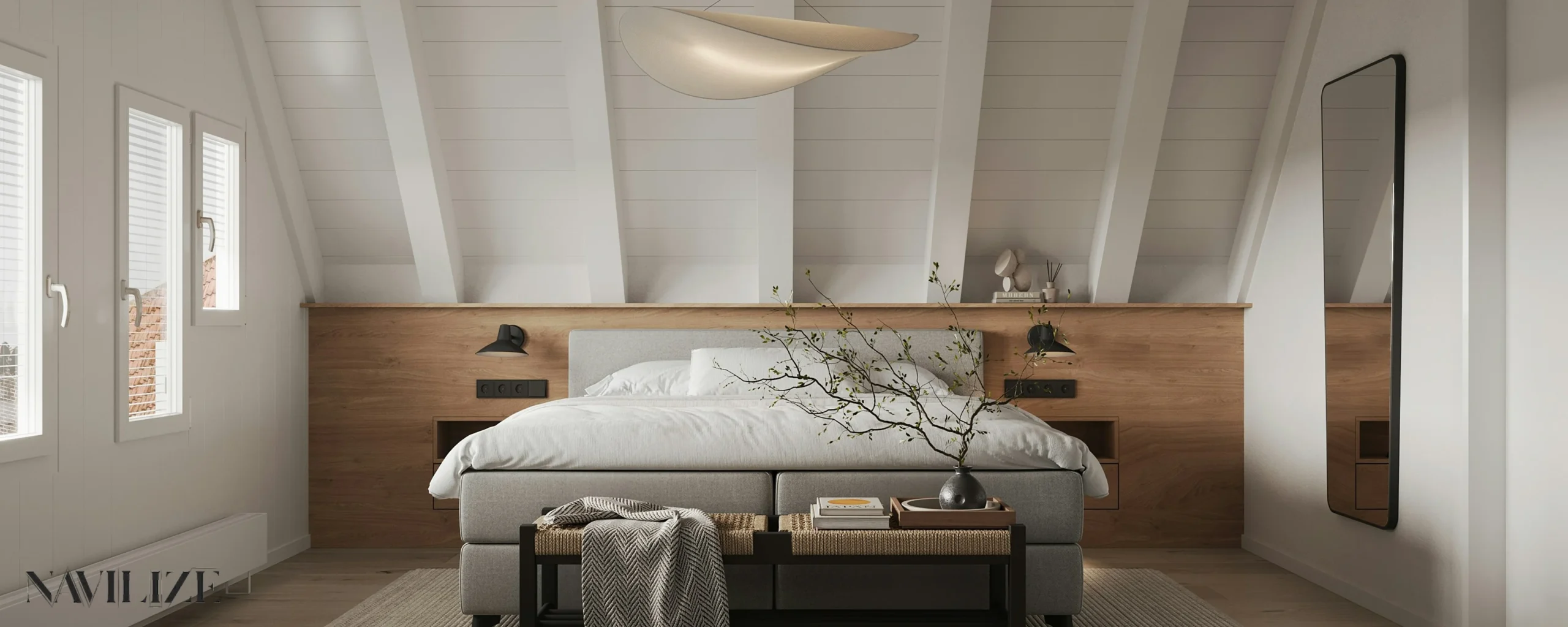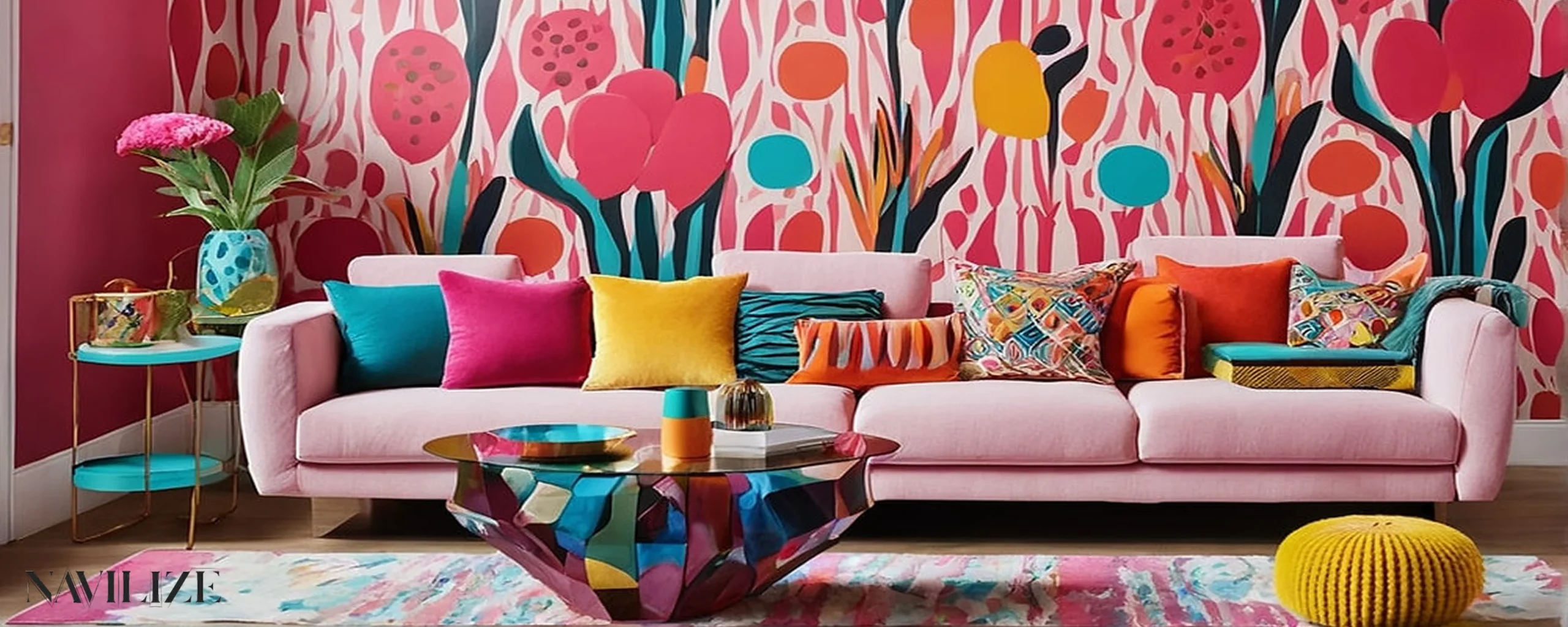Maximizing small spaces in 2025 demands a careful balance of creativity, strategy, and functionality. Interior design experts highlight that compact living does not mean compromising style or comfort. Clever layouts, multifunctional furniture, and vertical storage solutions transform tight quarters into efficient, inviting environments. Thoughtful use of light colors and reflective surfaces amplifies natural light, enhancing openness. Every decor choice, from mirrors to modular furniture, contributes to a cohesive and practical space. Innovative storage techniques and smart layouts allow homeowners to create small but highly livable areas. By applying expert-led strategies, even tiny apartments can achieve elegance, efficiency, and personality.
Why Small Space Design is the Ultimate Challenge (and Win)

source: walkerwoodworking.com
Designing small spaces requires both ingenuity and precision. Every element, from furniture size to lighting placement, is amplified, making errors more noticeable. Yet, overcoming these challenges results in compact homes that feel organized, airy, and stylish. Designers focus on balancing functionality with aesthetics, optimizing storage, and using space-saving furniture. Effective small space strategies show how even limited square footage can host comfort and style. With clever layouts, careful color palettes, and well-planned decor, small spaces can become dynamic and inviting environments, proving that limited room can inspire innovation and design excellence.
2025 Trends for Multifunctional Magic
2025 trends emphasize multifunctional solutions that increase both style and practicality. Convertible sofas, foldable tables, and modular seating adapt to multiple uses. Furniture with integrated storage reduces clutter, while layouts can adjust for work, leisure, or socializing. Light color palettes combined with reflective surfaces make spaces feel larger. Designers also prioritize sustainable and durable materials to ensure longevity. Multifunctional design in small homes encourages efficiency, adaptability, and aesthetic appeal, transforming even the most compact areas into versatile, stylish, and comfortable living environments that evolve with lifestyle changes.
1. Embrace Vertical Storage: Go Up, Not Out
Vertical storage is essential for small-space living. Tall shelving units, wall-mounted cabinets, and hooks free up floor space while maintaining accessibility. Open shelves showcase decorative items, while closed cabinets hide clutter. Vertical arrangements also create the illusion of height, making rooms feel larger. Combining textures and materials adds visual interest. Properly designed vertical storage maintains both practicality and aesthetic appeal. For inspiration on integrating vertical storage, explore interior architecture solutions that seamlessly blend style and function in compact areas.
Shelving and Wall-Mounted Solutions
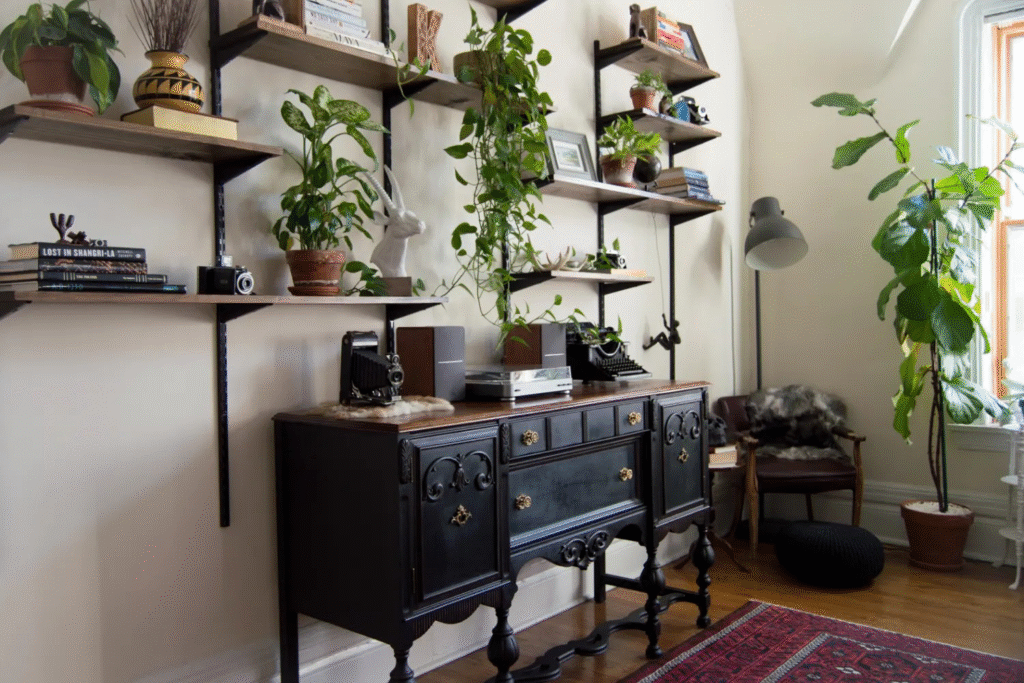
source: apartmenttherapy.com
Wall-mounted shelving maximizes storage without occupying floor space. Modular systems allow customization for books, plants, and décor. Floating shelves, corner racks, and ladder-style arrangements create functional layers while maintaining a clean aesthetic. Closed cabinets conceal items, preserving a minimalist feel. Carefully chosen materials and weight distribution ensure durability. Combining open and closed shelving balances visual appeal with practicality, making compact spaces feel organized and stylish.
Pro Hacks for Illusion of Height
Designers enhance perceived height using vertical lines, tall furniture, and elongated patterns. Mirrors placed opposite windows amplify light and depth. Hanging curtains near the ceiling or mounting artwork high draws the eye upward. Vertical textures and wall panels create continuity. Avoid bulky, low furniture that compresses space. Accent lighting highlighting upper walls enhances airiness. These professional tricks make small rooms appear taller and more open without structural changes, creating a spacious, inviting environment.
2. Multifunctional Furniture: One Piece, Endless Possibilities
Multifunctional furniture is vital in compact spaces. Convertible sofas, foldable tables, and storage-integrated seating save space while supporting multiple functions. Modular units adapt to work, guest accommodation, or relaxation. High-quality materials ensure durability without compromising style. Multifunctional pieces optimize every square foot, balancing utility and aesthetic appeal. Thoughtful selection allows small apartments to remain comfortable, stylish, and adaptable. Incorporating furniture that serves dual purposes demonstrates how compact living can combine elegance with practicality.
Sleeper Sofas and Hidden Compartments

source: amazon.com
Sleeper sofas and storage-focused furniture provide seating, sleeping, and storage in one. Beds with drawers, ottomans with hidden compartments, and fold-out sofas reduce clutter. Coordinating materials with room décor ensures a cohesive look. Durable hardware guarantees long-term usability. These smart designs keep spaces organized and multifunctional, ideal for small apartments where maximizing every inch is crucial.
Custom Picks for Tight Budgets
Budget-friendly multifunctional furniture allows small-space living to remain stylish and practical. DIY foldable desks, repurposed cabinets, and modular seating serve multiple roles. Neutral palettes and stackable elements increase versatility. Thoughtful arrangement maximizes utility without overspending. Even small investments in multifunctional furniture provide functional gains, helping compact homes feel complete and elegant. Creative selection proves that efficient small-space design does not require a high budget.
3. Light Colors and Mirrors: The Optical Illusion Duo
Using light colors and mirrors is a classic trick to make small spaces feel larger. Soft whites, pastels, and neutral tones reflect light and create a sense of openness. Mirrors strategically placed across from windows or along walls amplify natural light, visually expanding the room. Designers often pair mirrored furniture or decorative panels with light paint to maximize the perception of space. Combining reflective surfaces with bright colors ensures a fresh, airy aesthetic. Even a small apartment can feel spacious and welcoming when these techniques are thoughtfully applied along with smart furniture placement.
Palette Choices for Airiness

source: chandelierslife.com
Choosing the right palette is key for small-space airiness. Soft neutrals, cool blues, and muted tones reduce visual clutter. Accent colors can add warmth and personality without overwhelming. Combining shades with varying textures adds depth and interest. Consistency across walls, furniture, and textiles maintains cohesion. Light-reflective surfaces, glossy finishes, and minimalistic designs work together to create a perception of openness. Thoughtful palette selection ensures compact spaces feel airy, stylish, and expansive.
Strategic Mirror Placements
Mirrors enhance light and depth in compact spaces. Floor-to-ceiling panels, mirrored doors, or decorative reflective surfaces extend visual space. Placing mirrors opposite windows multiplies natural light, while layering mirrors at different heights adds dynamic visual effects. Mirrored furniture and tiles further increase perceived openness. Properly positioned mirrors make small rooms appear taller and brighter, contributing to a welcoming and sophisticated environment.
4. Streamline with Built-Ins: Seamless and Space-Saving

source: designcafe.com
Built-in furniture integrates storage and function while maintaining a clean aesthetic. Cabinets, desks, and seating designed into walls reduce the need for additional furniture. Streamlined designs create an uncluttered environment and optimize floor space. Combining hidden storage, open shelving, and decorative finishes balances functionality with visual appeal. Thoughtful built-in designs enhance both usability and elegance, helping small spaces feel cohesive, practical, and spacious.
Custom Cabinetry Ideas
Custom cabinetry fits the room’s dimensions perfectly, maximizing storage without occupying extra space. Tall, narrow units and corner solutions increase functionality. Open sections provide display options while closed cabinets conceal clutter. Built-in desks, wardrobes, and bookcases integrate seamlessly with walls, preserving floor area and promoting a minimalist aesthetic. Quality materials ensure durability, while thoughtful design keeps spaces organized and stylish.
DIY vs. Pro Installation Tips
DIY built-ins allow budget-friendly customization but require precise measurements and tools. Professional installation ensures structural integrity and polished finishes. Combining DIY efforts with expert help in critical areas balances cost and quality. Prioritizing high-impact built-ins, like storage walls or multifunctional desks, yields maximum benefit. This approach ensures compact rooms are both functional and visually appealing.
5. Zone It Out: Define Areas Without Walls
Defining functional zones in small spaces increases usability without physical partitions. Rugs, lighting, and furniture arrangement separate living, dining, and work areas. Color differentiation and floor texture changes help distinguish zones. Designers emphasize layouts that allow flexibility and fluid movement. Even compact apartments can feel organized and purposeful by defining zones, reducing visual clutter, and enhancing usability while maintaining a cohesive aesthetic.
Rugs and Lighting as Dividers
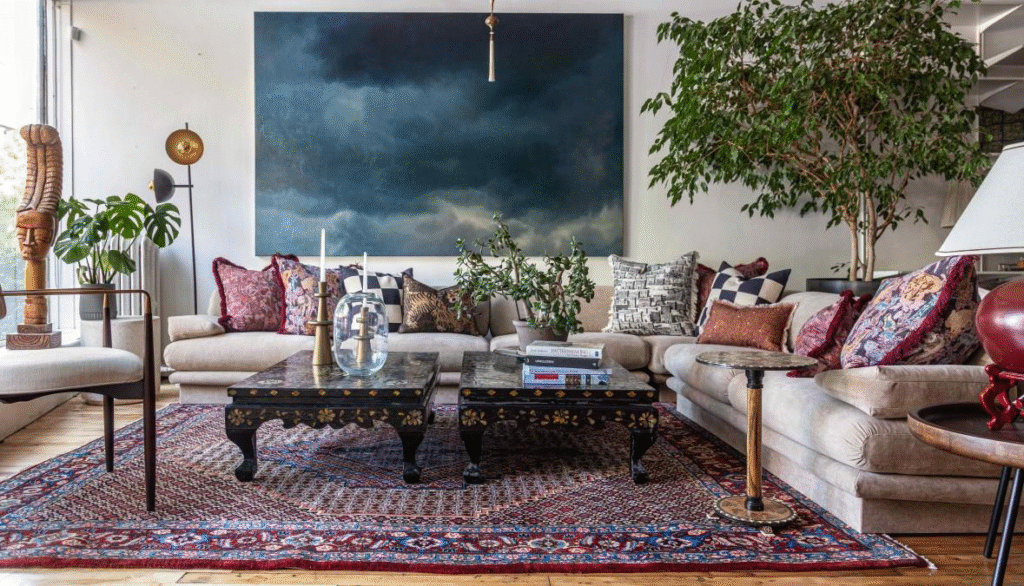
source: ecarpetgallery.com
Rugs and lighting effectively define spaces without walls. Area rugs mark seating or dining zones, while pendant lights or floor lamps highlight functional areas. Layered lighting creates depth and ambiance. Coordinating color and texture ensures visual harmony. These strategies allow compact homes to maintain open flow while feeling organized and intentional.
Flow Optimization for Daily Life
Optimized flow is essential in small homes. Clear pathways reduce congestion and promote comfort. Furniture should support movement while maintaining openness. Small layouts benefit from layouts tailored to daily routines, accessibility, and multipurpose needs. Smart zoning combined with unobstructed paths makes spaces feel airy, functional, and easy to navigate.
6. Declutter Ruthlessly: Less is More Luxe
Decluttering is critical for maximizing small spaces. Excess items create visual and functional congestion. Minimalist principles and intentional curation enhance both beauty and utility. Open surfaces, hidden storage, and streamlined decor increase perceived space. Regular editing reduces clutter and promotes serenity. A clean environment feels larger, luxurious, and welcoming. Combining thoughtful storage with decluttering strategies preserves style and personality in compact homes.
Marie Kondo-Inspired Edits

source: greatlakestinyhome.com
Keeping only items that spark joy while removing unnecessary belongings reduces visual clutter. Categorizing possessions and simplifying storage enhances openness. Applying these principles regularly ensures compact spaces remain organized, calm, and efficient.
Hidden Storage Innovations
Hidden storage, like under-bed drawers, lift-up ottomans, or recessed shelving, maximizes usable space. These solutions conceal belongings while maintaining minimalism. Multifunctional storage keeps rooms tidy, organized, and stylish, essential for small-space living.
7. Maximize Natural Light: Windows as Your Best Friend
Natural light improves spatial perception and mood. Large, unobstructed windows and sheer treatments allow sunlight to fill interiors. Designers combine light-reflective surfaces and bright wall colors to amplify brightness. Transparent or glass doors maintain openness. Thoughtful furniture placement ensures sunlight reaches key areas. Prioritizing natural light makes compact spaces feel larger, warmer, and more inviting, enhancing both aesthetics and comfort.
Sheer Treatments and Glass Doors
Sheer curtains diffuse sunlight while maintaining privacy. Glass doors connect rooms without blocking light flow. Layering treatments balances glare and brightness. These techniques expand perceived space and maintain a light, airy feel.
Energy-Efficient Glow-Ups

source: tallyholighting.co.uk
Supplementing natural light with energy-efficient lighting ensures consistent brightness. LED strips, wall fixtures, and adjustable lamps provide ambient and task lighting. Carefully integrated artificial light complements sunlight, keeping compact homes functional and stylish.
Ready to Expand Your Tiny Haven? Unlock Potential with Navilize!
Maximizing a small home requires creativity, strategy, and smart design choices. By embracing vertical storage, multifunctional furniture, zoning techniques, and natural light, even the tiniest spaces can feel spacious, functional, and stylish. Decluttering, built-in solutions, and thoughtful color palettes further enhance livability. Navilize emphasizes practical design combined with aesthetic appeal, helping homeowners transform compact areas into elegant, comfortable, and highly efficient environments. With the expert guidance and innovative solutions from Navilize, small homes can achieve maximum potential, balancing aesthetics, functionality, and comfort while retaining personality and charm.


